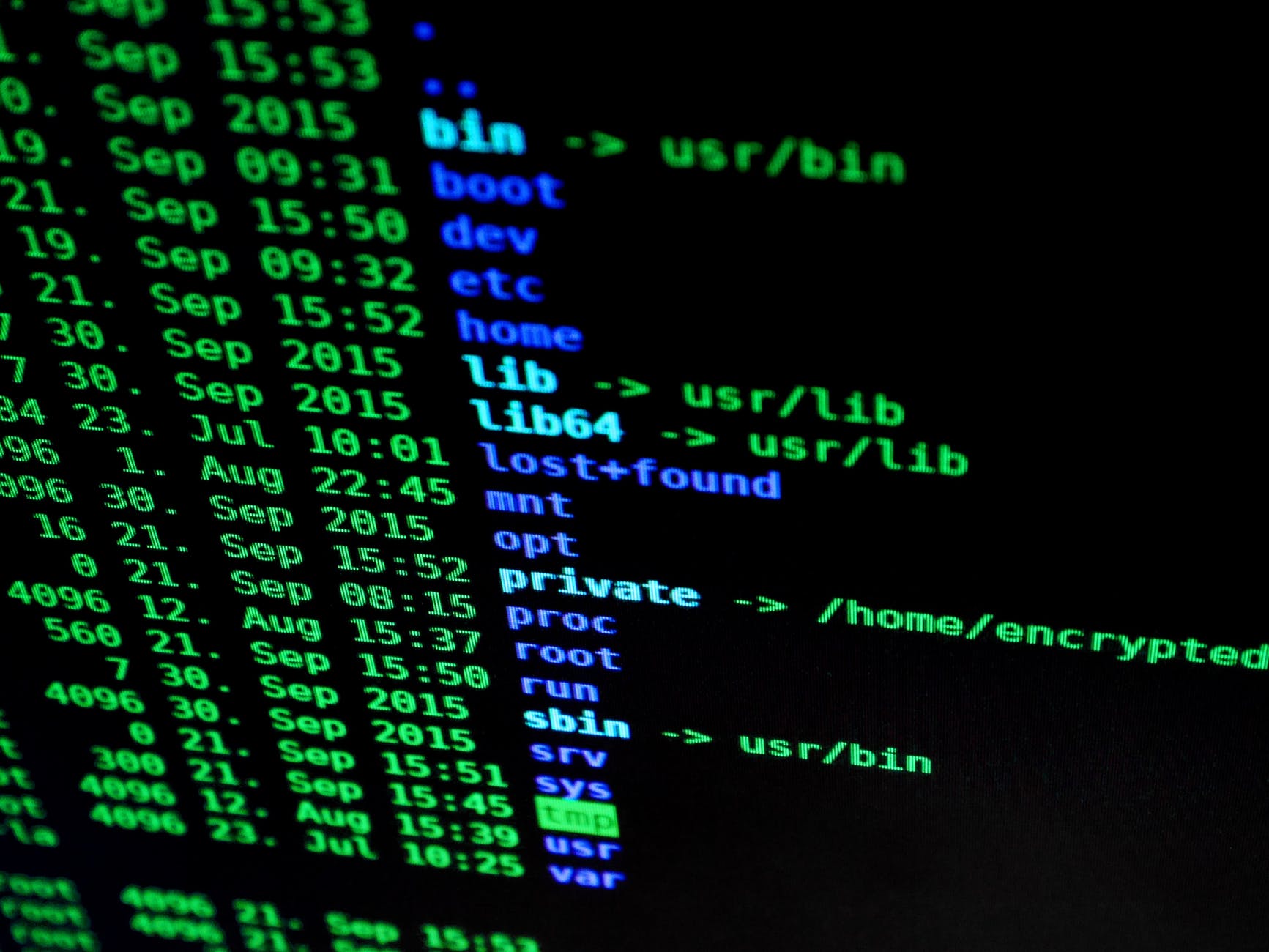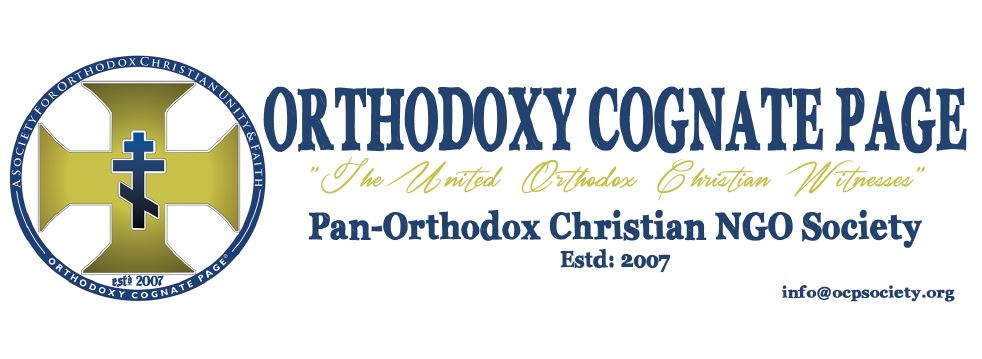
‘Cyber Space, Religion and Human Life’ – Fr. B. M. Thomas


Fr.B.M.Thomas (Bombay Diocese of Indian Orthodox Malankara Church)
Fr B. M. Thoams (OCP Research Associate) – OCP News Service – 8/3/18
Almost six decades ago, Canadian professor and philosopher Marshall Mc Luhan wrote one of the most influential books, then, on media theory ever. Understanding Media introduced a number of ideas and phrases that now seem very common. Two decades prior, it all started with the success of building ENIAC by IBM in the 1940’s – the first modern computer, a hall sized machine. It could only perform simple calculations although it even needed specially conditioned air to function. By the late 1990’s computers with much more capabilities and requiring no such special environments, becoming more and more compact could fit onto a desk, and hence were called the desktop.
The invention of telephone by Alexander Graham Bell in 1876 was an astonishing and revolutionary event. Now two people across a distance could communicate or share ideas across the telephone line. This was turned more fascinating when the same telephone line was used through a modem, to make communication between two or more computers possible via a protocol. Internet is the term used for this cluster of interconnected computer networks. The initial use of the internet began with transferring of electronic mails (e-mails), files (through ftp protocols), bulletin boards and news groups (Usenet) and obtaining remote computer access (Via Telnet). In 1989, two graduate students—Tim Burners-Lee and Mark Anderson—independently devised the idea of the World Wide Web (WWW), a globally interconnected set of web pages readable from any computer in the world that is hooked into the Internet, and a software program to access them known as a browser. Within two years the WWW became the most active aspect of computer-mediated communications.
The term “cyberspace” refers to the part-imaginative-concrete experience of place/space people have when they engage in computer-facilitated electronic communications. It was Introduced by science fiction author William Gibson in his 1984 novel ‘Neuromancer’.
With the growing affinity and usage of the world wide web (www), not only persons but also institutions and many physical religions and religious institutions explored these web spaces. They gradually yearned to create their own space there, they introduced their faith, history, practices, prayers etc. into the pages of that space, where other web surfers (people who are surfing the world wide web (www) pages) could visit and gain knowledge.Inits very basic, the further branch, of the cyber space, the Cyber Religion refers to the presence of these religious organizations or religious activities in this imaginative space. The first online forum dedicated to discussions of religion and morality, the Usenet group net.religion, developed in 1983, only thirteen years after the birth of email, was the maiden step in this direction.This helped in the intermingling of these religious groups in this imaginative space, which creates an atmosphere of a virtual ecumenism in the cyber space.
As a result of this association to other religions and religious practices and also growing accustomed to the presence of one another in this cyberspace there was a development of innovative uses of computer-mediated communications for spiritual practices. These included online global prayer chains, e-prayer wheels, and even online multi-user religious rituals. It also went ahead when included a plethora of online religious instruction and cyberspace-linked social justice activism.
Much much advanced from the cyber age, we live in the post-cyber age. We have grown into a world of virtual reality, a word that is an Oxymoron and ironical. Two small lenses placed in a box in front of our eyes have the capacity to fool our brain and take us to any world, making it feel as reality. Virtual reality tricks the very human consciousness. In McLuhan’s understanding the terms medium, technology and media are interchangeable. According to him media is an extension of human body and consciousness. For example, when we are driving a car, the car is an extension of my body. Its boundaries are now an extension of my own, my awareness must now take its full size and power into consideration.
Any form of media if pondered can be considered as an extension of human. This includes the smartphones too, in which people walk around unaware of their environmental boundaries because their consciousness has been subsumed by a device. Similar is the case with the social medias. Over attachment to the media has an adverse effect on the body. With the increase in the use of the extended bodies we are ourselves amputating parts of our physical bodies. For example, the social media many a times shares false information, and we imbibe these with our extended senses, only to be shaken at a later stage. If we give it a thought, before the inception of the mobile phones into our lives, at the age of the landlines, we used to remember our important phone numbers. But with the use of an extended book called the phonebook, our memory has ceased to remember even the most important cellphone numbers of our parents. The present age relies more on the cyber platform.Thereare cloud storages. These are the storage places in this cyber space that can be bought and used for storing our information. Technology has taken us to the next level. With our extended bodies we are capable of doing many things that wouldn’t be possible with our physical bodies. Philosopher and cognitive scientist Andy Clark believe we are all ‘cyborgs’ in our most natural way. In the simplest sense, just think of a common man with his simple mobile phone communicating with his friend far far away. He has become a fictionally hypothetical person whose physical abilities are extended beyond normal human limitations by mechanical elements built into the body.
Technology and media are taking a front stand in our lives. As was seen in one of the satires, the future generations of present humans will be genetically evolved to only mingle with their smartphones, the brain will be so molded that anything apart from the smartphone will not be interpreted by it. It is our choice to be cyborgs and act as human gods, forgetting the environs or to be humans,act as one, using the technologies and bowing before God. It is a fact that the fear of God will keep us humans.
The goal of present article is never to create a gap between human and the cyber realm but has been two-fold, it’s just an introduction to ignite in the common reader a spark about technological advancements and its mingling with the religious space and secondly to create an awareness about the virtual reality of virtual reality and medias related to it. It’s not only an assessment about the cyber realm, but is also trying to instigate in the reader a though about the fast changing or developing or progressing cyber domain, and our duty towards it as responsible humans.
Source:
OCP News Service

545342 122472This Los angeles Weight Loss diet happens to be an low and flexible going on a diet application meant for typically trying to drop the weight as well within the have a significantly healthier lifetime. lose weight 768202
641953 379350Someone essentially lend a hand to make critically articles Id state. That could be the first time I frequented your site page and so far? I amazed with the research you produced to create this actual post extraordinary. Wonderful activity! 27705